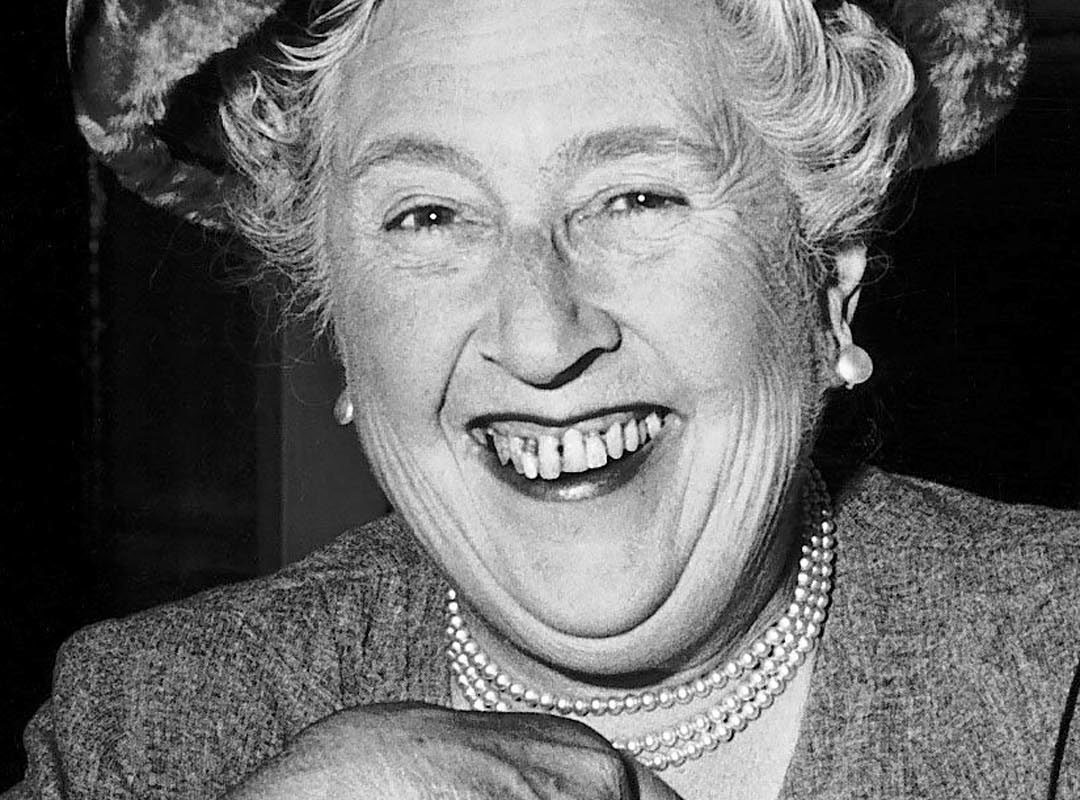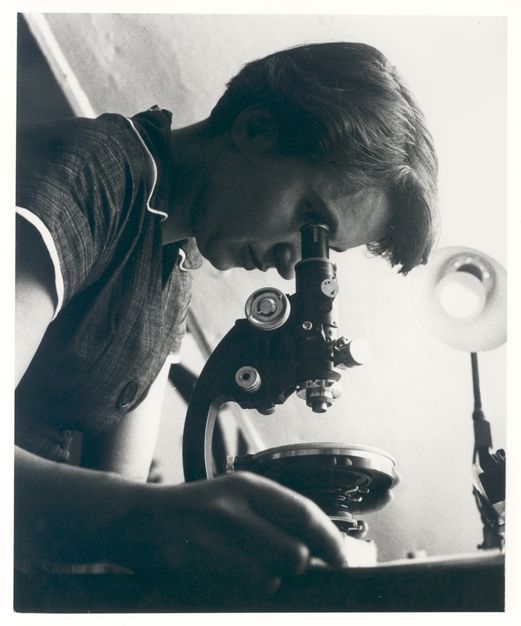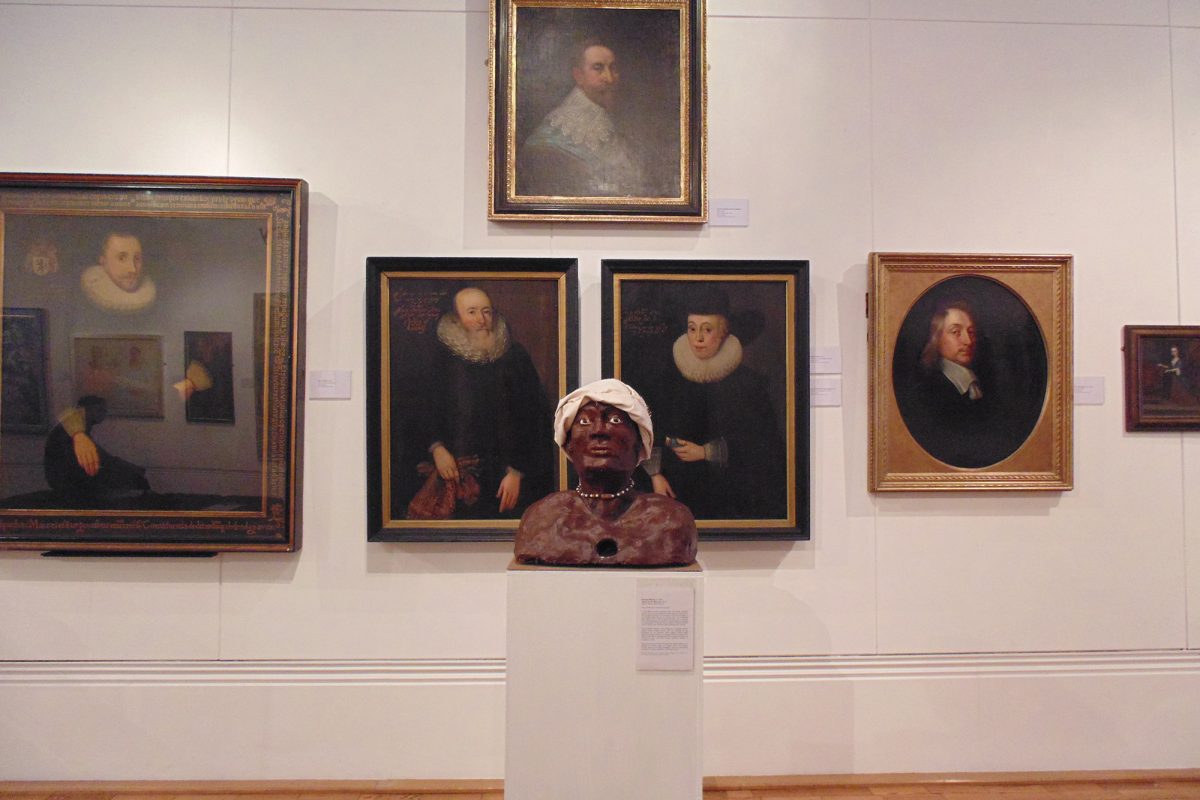Cultural institutions across the world are gathering for Museum Week 2019 this May, with seven themes across seven days starting 13 May. This year’s overall theme is #WomenInCulture.
Ada Lovelace – Nominated by Beth Inkpen, Memberships Officer
Ada was born in 1815 in London to famed poet Lord Byron and Lady Anne Isabella Milbanke Byron. Her Father left just weeks after her birth and her mother, who did not want her to be a temperamental poet like her Father, insisted she learn mathematics and science from a young age.
Around the age of 17, Ada met Charles Babbage, a mathematician and inventor. She was intrigued by Babbage’s plans for a device he called the Analytical Engine, which was never built, but contained all of the design elements of a modern computer. She was later asked to translate an article on the device, which she did, adding in a vast amount of her own thoughts and sketching out elaborate programmes. For this work, she is known as “the first computer programmer.”
Ada’s work attracted little attention throughout her life and until it became one of the critical documents to inspire Alan Turing’s work on the first modern computers in the 1940s. Since then, Ada has received many posthumous honours for her work. Her unrealised potential, and her passion and vision for technology have made her a powerful symbol for modern women in technology.
Agatha Christie – Nominated by Harriet Anscombe, Events Co-ordinator
Agatha Christie was a writer extraordinaire who taught herself to read age five. She is the world’s bestselling author of all time (alongside Shakespeare), and was an intrepid traveller and one of the first British women to learn to surf standing up.
As a child, long before true crime became on trend, I scoured the local library and charity shops to read every single yellow paged Agatha Christie story I could get hold of. Agatha Christie is particularly known for her fictional characters Hercule Poirot and Miss Marple (another female hero – who else do you know who can solve murders beyond the capability of all of Scotland Yard, and take down dangerous criminals all whilst knitting a fair isle jumper?).
I started off with the novels set in England – in smoky smoggy London, the leafy English countryside, glamorous country manor estates, and then moved on to Poirot’s travels abroad – the thrilling adventures to unknown lands. Through Egypt along the Nile and via Istanbul on the Orient Express places I had never been. It was through these stories that she ignited my little feet’s first itches to travel the world.
Agatha has produced 66 detective novels, 14 short story collections and the world’s longest running play. Her books have sold over a billion copies in the English Language and over a billion in translation.
Zaha Hadid – Nominated by Cookie Rameder, Visitor Experience Manager
Dame Zaha Mohammad Hadid DBE RA was the first female architect to receive the Pritzker Architecture Prize, in 2004. In 2015, she became the first and only woman to be awarded the Royal Gold Medal from the Royal Institute of British Architects.
Zaha was so powerful and visionary, she was described as ‘a planet in her own orbit’, by artist Valie Export for the courage of giving patriarchy a shock, and by poet Maya Angelou for understanding that, “people will forget what you said, people will forget what you did, but people will never forget how you made them feel.”
Zaha was made a dame by the Queen for her services to architecture.
Rosalind Franklin – Nominated by Fiona Kerlogue, Anthropologist
Rosalind Franklin was an English Chemist and X-ray crystallographer, known for her work in discovering the structure of DNA.
For her contribution, she should have been awarded a Nobel Prize, however, her work was only recognised after her passing in 1958. The Nobel Prize for her part in the work was awarded later to Francis Crick, James Watson, and Maurice Wilkins in 1962.
Nanny of the Maroons – Nominated by Racheal Minott, Anthropology Curator (Social Practice)
My personal hero would be Nanny of the Maroons, a National hero of Jamaica.
Although people are not sure if she was one person or a union of many Asante (female leaders with the title Nanny), she has become symbolic of resistance against repression and the undermining of the regime of enslavement in Jamaica.
Nanny of the Maroons is seen as a maternal and spiritual figure with supernatural powers (catching bullets in her buttocks and firing them back at colonial solders) but she is first and foremost, a spiritual (Obeah) figure, and a leader of the Moore Town Maroons.
In the western part of Jamaica, Nanny Town is named for her. She is believed to have been born in the 1600 and to have died around 1740, and was thought to have been born in what is today Ghana before being transported to Jamaica as a part of the Transatlantic Slave Trade. She escaped slaver and came to be one of the Windward Marron leaders of Jamaica.
While she is referenced in multiple colonial sources, referring to the Maroon Wars and the associated treaties with the British, there are no images of Nanny, and the record of her life are disputed.
However, as an artist, I took inspiration from Nanny and made a sculpture to represent her to try and capture the essence of the figure described in the multiple imaginings of her life. Strong and powerful, inspirational and nationally important to a Jamaican communal identity.
Caroline Norton – Nominated by Connie Churcher – Digital Manager
My hero is Caroline Norton, the English social reformer and author, who had a personal struggle which we still legally feel the effects of today.
Caroline married a man who sounds awful. George Norton was an aggressive drunk, who abused Caroline and unsurprisingly she left him (which she was fortunate enough to be able to do).
Unfortunately, once a woman married her legal rights were subsumed by those of her husband. She was unable to support herself, despite being a popular author, as he was legally entitled to all her money, any furniture or property she owned (which she fought against by running up bills in her husband’s name). George abducted their sons and she had no right to see them, as they counted as George’s legal property. He also could block her ability to divorce him, as she was a legal non-entity.
After the death of her youngest following George’s neglect, she campaigned to change the law and subsequently Parliament passed the Custody of Infants Act 1839, the Matrimonial Causes Act 1857. The Married Women’s Property Act in 1870 granted a legal separate identity for the first time in the UK.
Despite all this, Caroline had no interest in women’s suffrage (insert shocked pikachu face here), but I have to give her credit for winning rights which granted great freedoms further down the road.








